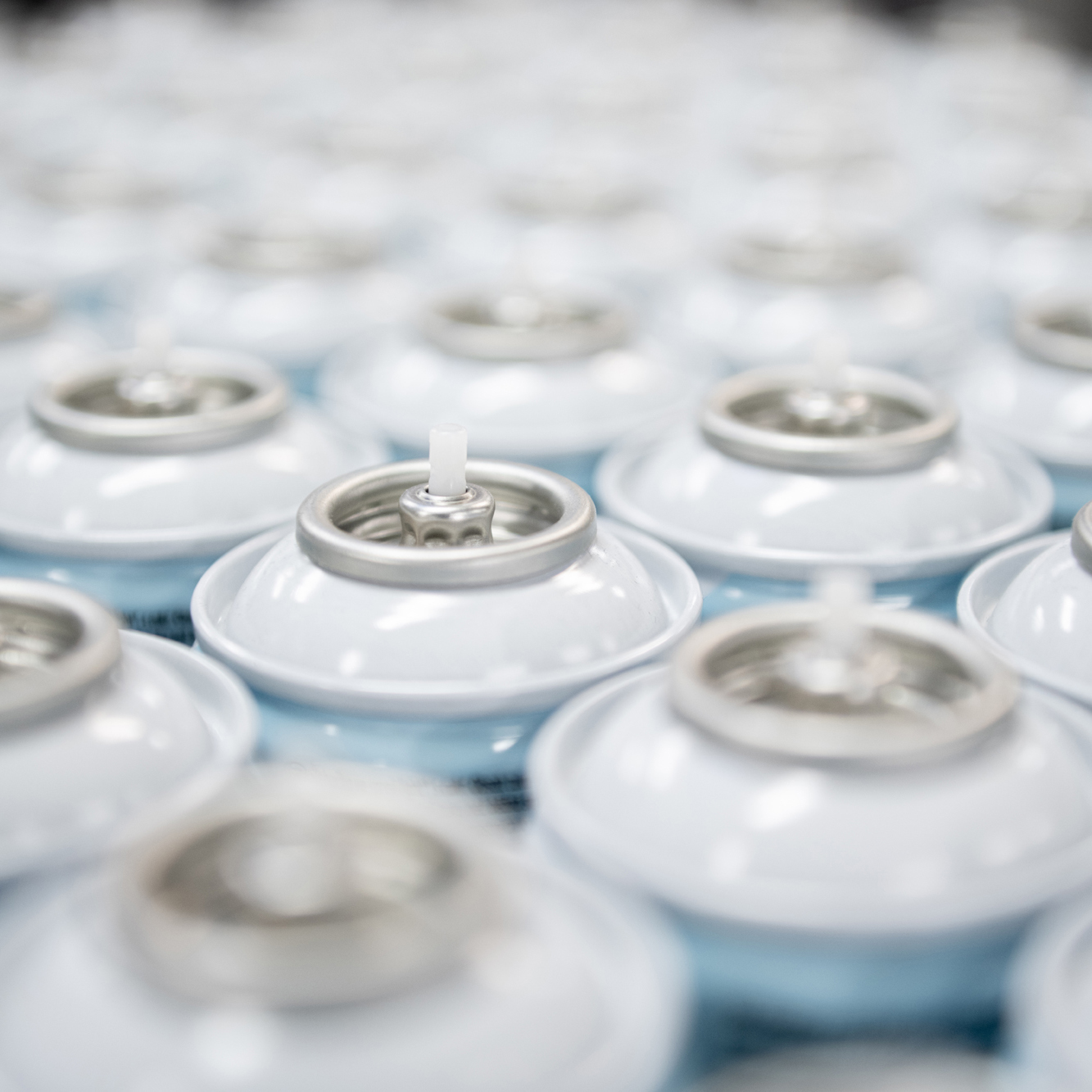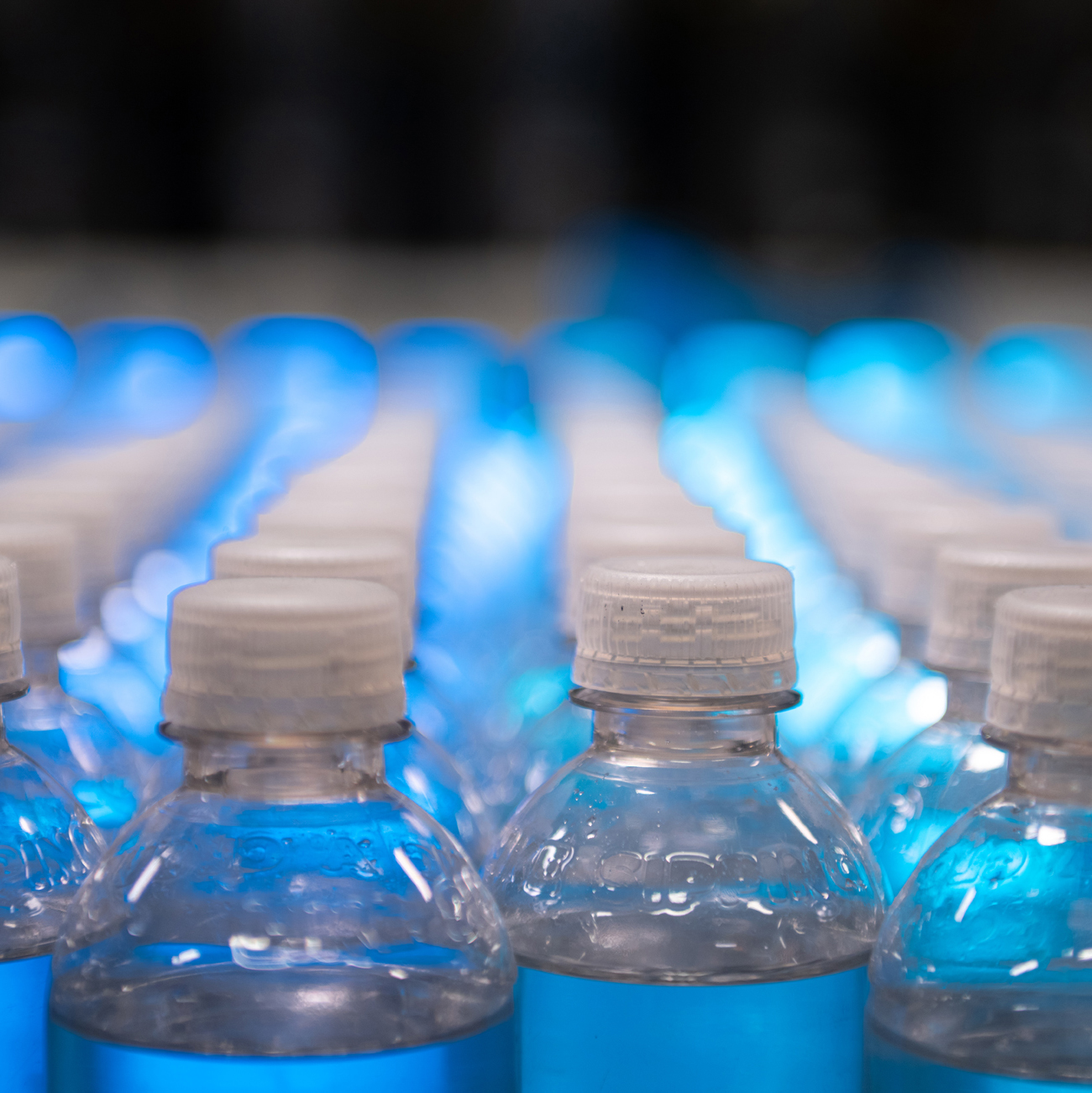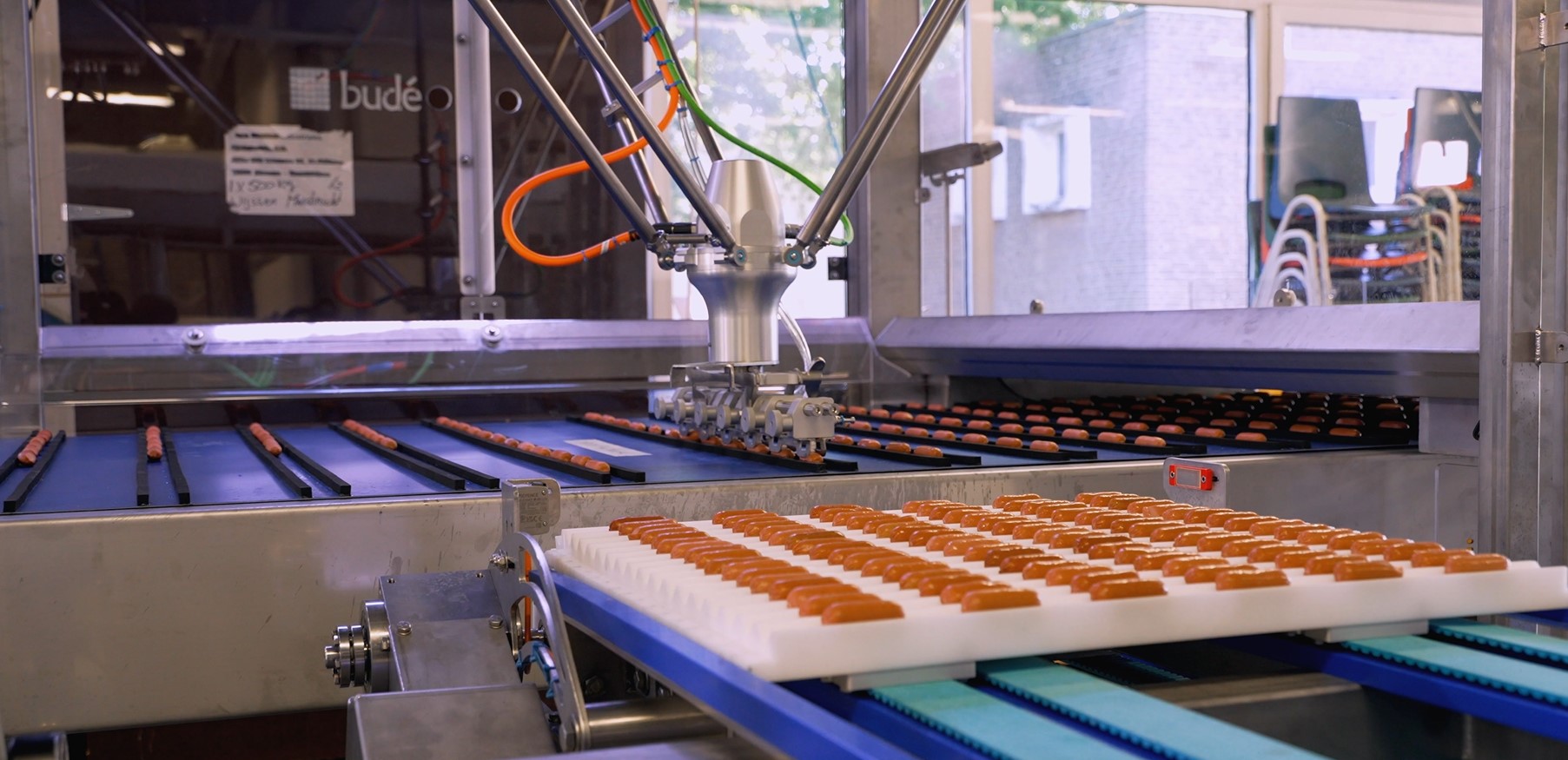Can’t get enough CO2 in your aerosol products? Try “shaking”!
Are you struggling to achieve optimal pressure and product performance with CO2 propellant in your aerosol products? Explore how our innovative shaking technology can revolutionize your filling process and elevate product performance while being able to better predict and control the final pressure in your product.
Challenges with ‘time over pressure’ and ‘impact gassing’ with CO2
CO2 is a propellant that is used in many aerosol products. The typical techniques used are simple "time over pressure”, and so-called “impact gassing.” The challenge with the first is that it is difficult to get sufficient pressure as the gas will only fill the headspace and since CO2 has the property to dissolve in liquids, the pressure drops over time. Impact gassing uses high pressure to force in a certain amount of CO2 into the can. The high pressure used is limited by the strength of the cans used and the process requires knowledge and experience while fluctuations in the process can result in a can deforming or in the worst-case bursting. Like with time over pressure gassing, the final pressure is difficult to predict and to control.
Easy control and low process variation
The shaking technology is a time over pressure process with the addition of shaking the can while the gas is flowing. The result is that the gas is dissolved into the liquid so the max amount of gas at a certain pressure can be filled.
Main advantages of the shaking technology are found for those products where CO2 is required as the propellant. Shaking offers better performance and a more controlled process. This is because the shaking technique enables using higher pressures for filling CO2 while the shaking will ensure the maximum amount of gas at a certain pressure can be achieved. The result is that the pressure will not drop after the gassing cycle. The technique is based on adding an amount of gas in grams and the process is controlled by a mass flow meter allowing easy control and low process variation.
Better product performance
As the shaking technology drives on the fact that a gas is absorbed in a liquid, it is important to understand the absorption characteristics of a gas. Some gasses, like N2 are not easily dissolved while others like CO2 or N2O are much easier. Absorption is also determined by the liquid, where water is more challenging compared to for instance acetone or other solvents. Another aspect to consider is that CO2 does react with water and lowers the pH value in some cases pushing the need to work on the formulation of the product. Based on this absorption characteristic, it is possible to increase the amount of CO2 in the can and as a result the pressure, creating a better performing aerosol.
Moving to shaking
Moving to CO2 and shaking will require capital investment in a gasser/shaker unit that in most cases can be integrated into existing production lines after the filling and crimping process. The actual investment depends on capacity requirements and integration challenges, and should be considered in relation to potential cost savings or an improved market position.
If shaking is of interest, the first step is to see if it works for your product and determine if and what needs to be worked on to create the perfect product. Just send a can filled with product but not with gas. We will add the CO2, and return it for your evaluation as a starting point for further development.





